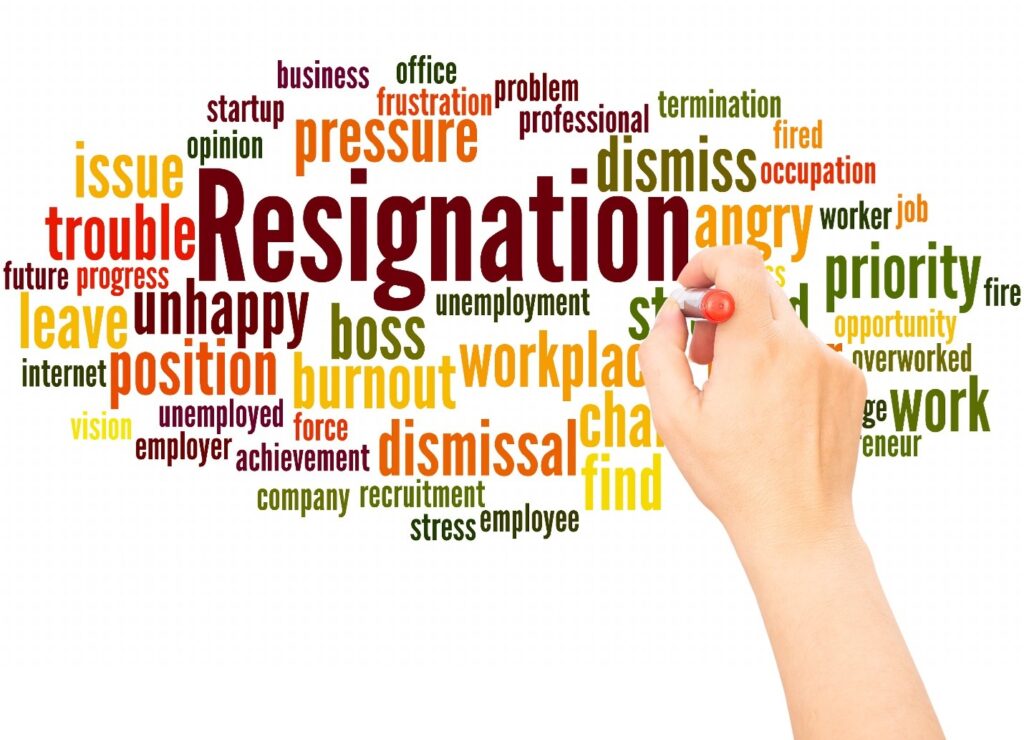Turnover rate is one of the most revealing numbers inside any organization. It shows how often employees leave within a specific period, usually one year, and it reflects much more than movement on a payroll list. It indicates the health of workplace culture, the quality of leadership, the strength of salaries and benefits, and the overall stability of a company. In many ways, turnover rate acts like a silent report card that tells managers what is working and what is not.
What Does Turnover Rate Actually Measure
Turnover rate is the percentage of employees who leave a company over a set time frame. It includes people who resign, people who retire, and people who are dismissed. The basic formula is simple. Divide the number of employees who left during the year by the average number of employees, then multiply by one hundred. If a company with one hundred employees loses fifteen people in a year, the turnover rate is fifteen percent.
This number may seem straightforward, but its meaning is complex. A high rate can signal trouble, but sometimes it reflects healthy renewal. A low rate can suggest stability, but it can also reveal stagnation. To understand turnover, one must look deeper than the percentage itself.
Different Types of Turnovers and Why They Matter
Not all turnover is the same. Voluntary turnover happens when employees choose to leave, often for better pay, better working conditions, or stronger career opportunities. Involuntary turnover occurs when employers dismiss workers due to performance issues or organizational changes. There is also functional turnover, which happens when low performers leave and create space for stronger talent. Finally, there is dysfunctional turnover, the most damaging form, where high performers quit because they feel undervalued or unsupported.
The Advantages and Disadvantages of High Turnover
High turnover is generally viewed as a warning sign, but it does have potential advantages. New employees bring new ideas, fresh perspectives, and updated skills. When a company is undergoing change, higher turnover can even help accelerate a shift in culture or strategy. Replacing poor performers can also strengthen a team.
However, the disadvantages are usually much greater. High turnover increases costs because recruiting and training new employees requires time and money. It weakens knowledge and experience inside the company. It disrupts teamwork and lowers morale when employees see colleagues leaving too often. Productivity suffers as new hires take time to learn their roles. Customer service becomes inconsistent, especially in industries that rely on long-term relationships. Over time, the organization gains a reputation for instability, which makes it harder to attract talent.

The Advantages and Risks of Low Turnover
Low turnover often signals a healthy and stable workplace. It suggests that employees feel valued, supported, and satisfied with their environment. Teams become more efficient because experienced workers understand their roles well. Customer relationships are stronger when the same people remain in their positions for years. Companies also save money on recruitment and training.
Yet very low turnover can also create challenges. If people rarely leave, it becomes harder for younger staff to advance. Innovation may slow because the same ideas and habits circulate without fresh input. Underperformers may stay simply because the organization avoids difficult conversations. In some cases, extremely low turnover reflects fear rather than satisfaction, especially in uncertain economic periods when employees hesitate to move.
How Turnover Affects Performance and Culture
Turnover influences far more than staffing. It shapes company culture. When employees feel that others constantly leave, a sense of insecurity grows. When they see talent staying long-term, they feel safer and more motivated. High turnover can create a revolving door atmosphere that drains energy from teams. Low turnover helps build trust and shared purpose.
Turnover also affects productivity. Experienced workers need less supervision, avoid repeated mistakes, and contribute to smoother cooperation within the team. When they leave, there is an immediate productivity drop while new employees adjust. Even confident new hires often require months to reach full performance.
How Companies Interpret Turnover Rates
Leaders must look at turnover with context. A fifteen percent turnover rate might be awful for a government office, but perfectly normal for hospitality or retail. A spike in turnover might reflect a wave of new opportunities in the labor market rather than internal dysfunction. A dip in turnover might mean employees are content or that they feel they have no external options. The number is meaningful only when compared with industry standards, company history, and the reasons behind each departure.
How Companies Reduce Unhealthy Turnover
There are several proven methods to reduce unwanted turnover. Strong onboarding processes help new employees feel supported from the first week. Competitive salaries and clear career paths keep people motivated. Mentorship, training, and recognition programs help employees feel valued. Reasonable workloads reduce burnout. Respectful leadership and open communication create trust. Flexible work arrangements and mental wellness support also play an increasingly important role.
A Strategic View of Turnover
Turnover rate is more than a number. It is a window into the relationship between an organization and its people. High turnover can reveal frustration, instability, or lack of direction. Low turnover can reveal loyalty, satisfaction, and strong leadership. But both extremes require reflection. The healthiest companies aim for balanced turnover: enough movement to bring new ideas, but not so much that the organization loses its knowledge and culture.
In a competitive business world, understanding turnover is essential. It helps leaders protect their most valuable resource, which is not technology or capital, but the people who build and sustain the organization every day.








